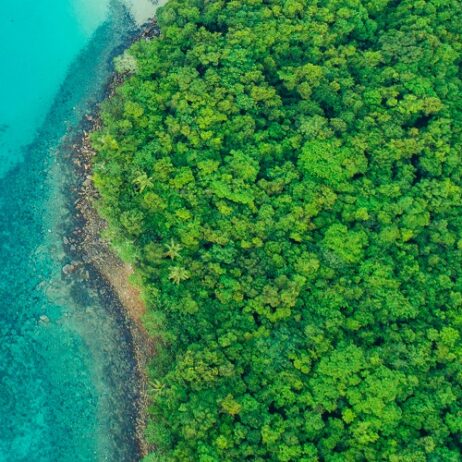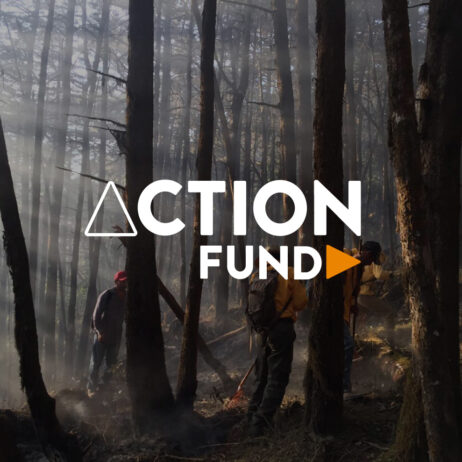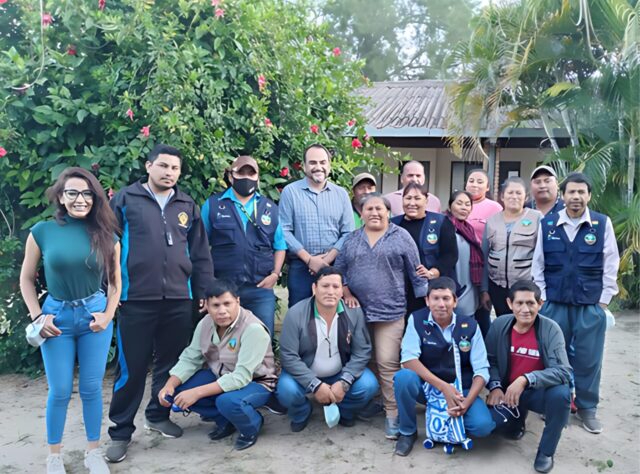
The Guaraní authorities celebrating this significant milestone. Credit: Natura Bolivia
On July 23rd 2024, after six years of intense collaboration, a groundbreaking new protected area law was finally passed in Bolivia. This marks a historic milestone for both the Guaraní Indigenous people and the remarkable wildlife of the Gran Chaco ecosystem.
At a glance
- A new law – the Charagua Iyambae Protected Areas Law – has been passed, aiming to strengthen protection of 5 million hectares (12.4 million acres) of forest land in Bolivia’s Gran Chaco.
- The law was created after six years of intense planning and consultation by the Charagua Indigenous Government, involving over 70 meetings among Guaraní community members, elders, and Indigenous government representatives.
- The law applies to five protected areas managed by the Guaraní, giving them greater power to resist agricultural expansion and road building, which has significantly increased in recent years.
- At WLT, we are delighted about this news, which reflects the unwavering commitment of the Guaraní communities to protecting their land – persisting doggedly through numerous setbacks, including forest fires, political upheaval and the Covid-19 pandemic to achieve this major conservation victory.
A huge success for Indigenous-led conservation
After six years of planning and over 70 community meetings and assemblies, the new law provides legally binding protection for over five million hectares (12.4 million acres) of land in Charagua Iyambae, a region home to – and managed by – the Guaraní Indigenous people. This region falls within the Gran Chaco, an incredibly rich ecosystem home to over 3,400 plant species, 500 bird species, and 150 mammal species, including the oddly adorable Southern Three-banded Armadillo (Tolypeutes matacus).

Oddly adorable – the Southern Three-banded Armadillo, photographed here in Argentina but found across all areas of the Gran Chaco ecosystem. Credit: Andrea Ferreira
Although the Charagua Iyambae region boasts five protected areas – including three established by the Guaraní’s Charagua Iyambae Rural Indigenous Autonomous Government (GAIOC), these often lack conservation impact on the ground. In 2019, for example, 442,186 hectares (1,092,665 acres) of land in Ñembi Guasu – the Gran Chaco’s second largest protected area – were ravaged by forest fires in a big push for agricultural expansion, backed by the then national government.
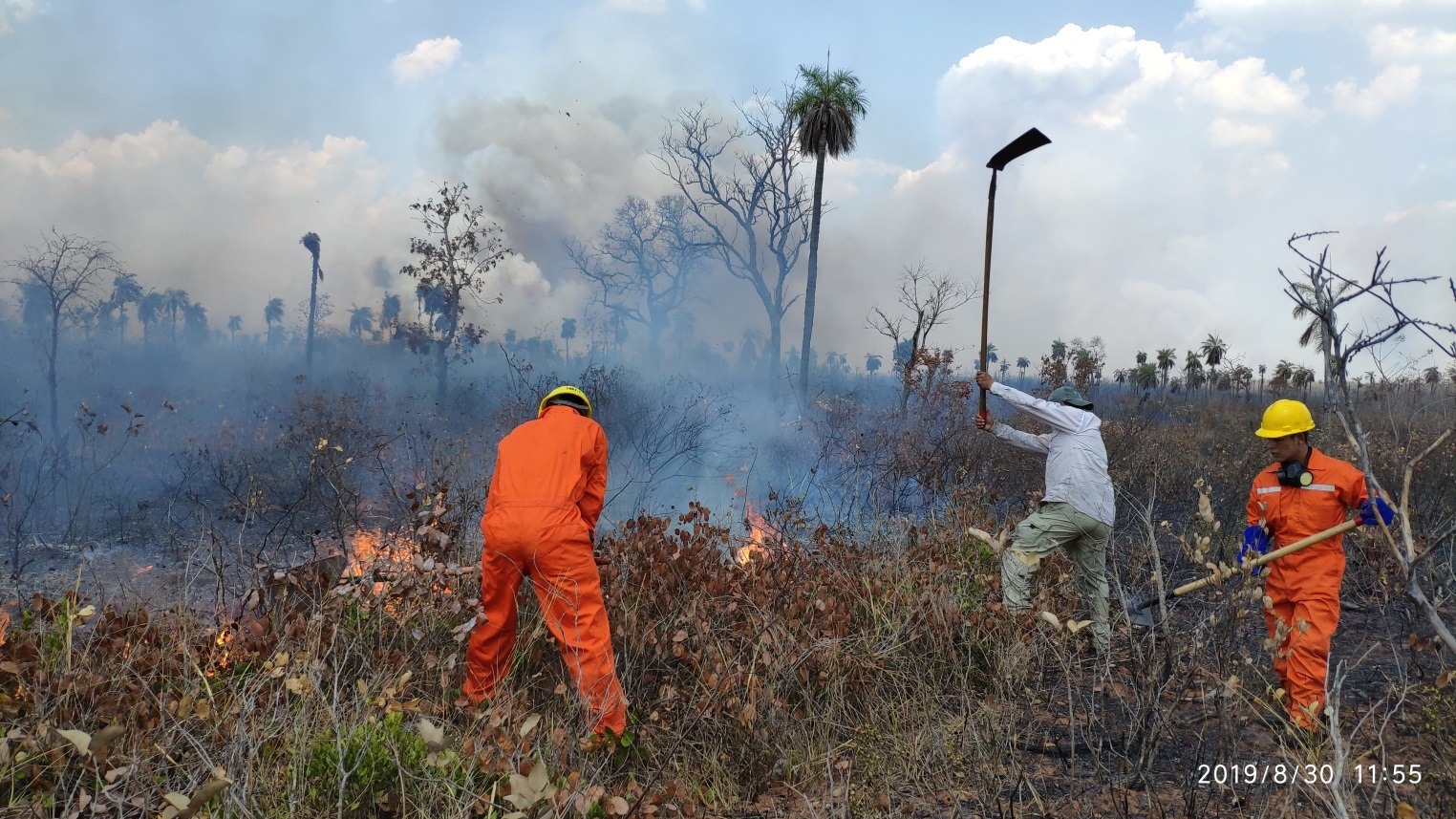
This protected areas law aims to support the Guaraní communities to reduce the occurrence of wildfires, like this one at Ñembi Guasu in 2019. Credit: Nativa
That is why this new law is so important. Charlotte Beckham, Senior Conservation Programmes Officer at WLT, explains “By providing the Guaraní communities with a single legal framework across the entire Charagua region, this new law gives the Guaraní greater power to safeguard the Gran Chaco’s land and wildlife. We’d like to congratulate all involved in this collaborative process and leading example of community led conservation”.
“This law is our hope for the future. It is the tool we need to protect our land and ensure that future generations can enjoy the same resources we did. It is a legacy we will leave for our children and grandchildren.” Lucía Sánchez, vice-president of the Charagua Iyambae Autonomous Assembly
Everyone at the table
The idea of creating a protected area law was first suggested by Indigenous leaders in 2018 to great support from the wider community. Thus began six years of careful planning by Indigenous government representatives and Natura Bolivia, with community meetings that would take place in village halls up and down the entire Charagua Iyambae region.
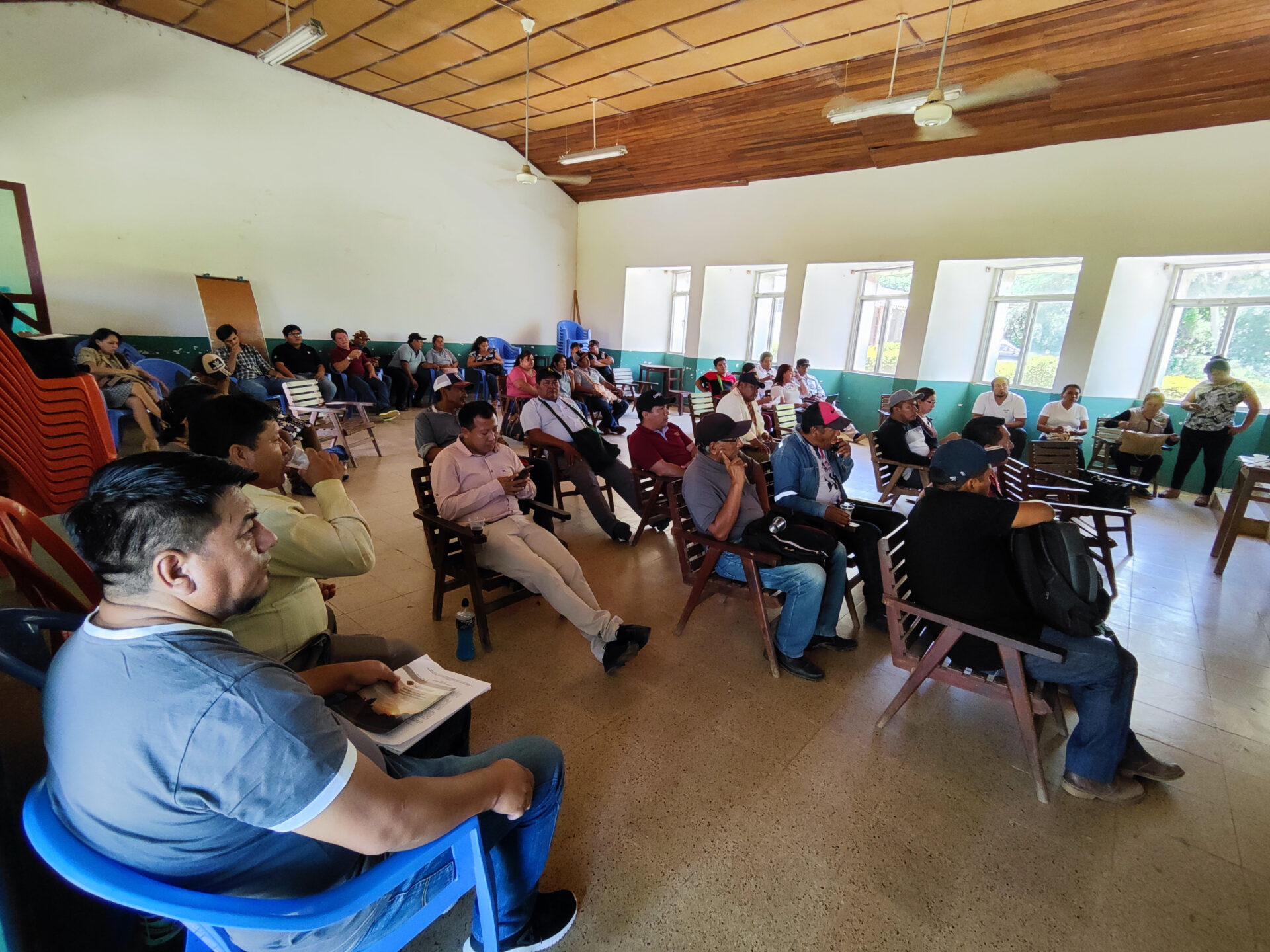
One of the many community consultations to finetune the initial draft of the law. Credit: Natura Bolivia
Within each of the region’s districts or “zones”, community meetings and assemblies were led by “zonal captains” – leaders with a strong connection to both their communities, ancestral knowledge, and the land. The zonal captains were responsible for steering the meetings and ensuring that all opinions were respected and recorded.
Women, in particular, played a key role in the community consultations, not only contributing ideas and perspectives, but also inspiring the community to value and respect the role of women in decision-making more widely.
“As women, we understand the importance of protecting our natural resources. Without water, without medicine, we have nothing. Our participation in the creation of this law has been vital to ensure our voices are heard.” Raquel Antunez, former indigenous leader of Charagua Norte and Urubichá
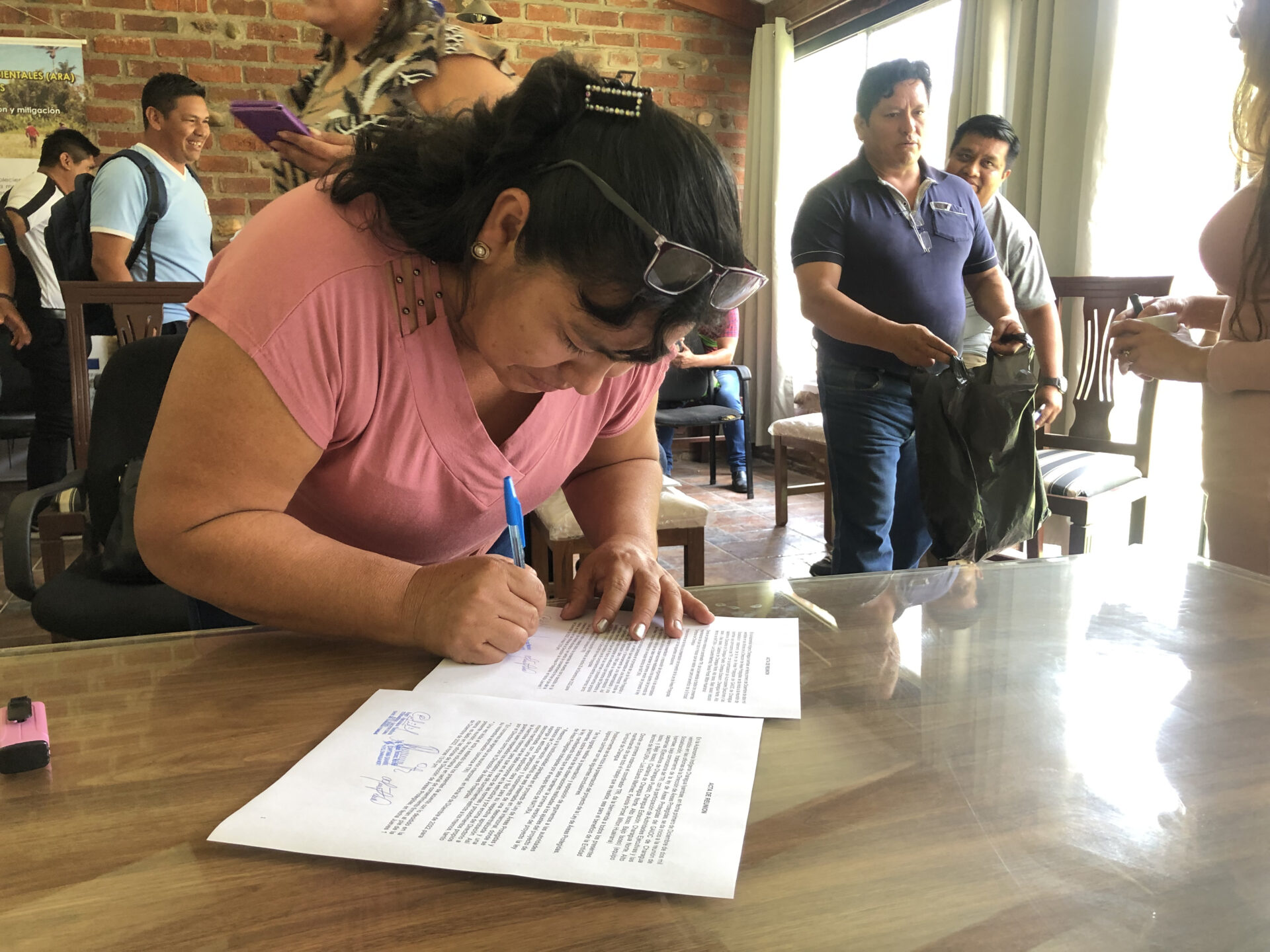
The community consultation was an inclusive process with insights from all members and especially women. Credit: Carmen Suarez
Interestingly, what is most groundbreaking about the law is perhaps not the law itself, but rather the way it was created. Formed from the grassroots up, it sets a precedent around the need for participatory democracy in conservation on Indigenous lands.
Even more than this however, the new protected area law is a reflection of the Indigenous worldview, a worldview in which we are intricately connected to the natural world.
Líder Céspedes, one of the Guaraní legislators, describes the process. “We started from the Yaiko Kavi Pave, our vision of living well, and this is not as the Karai [non-Indigenous] world often understands it, to be living in comfort, but it is about “yemboete” or respect, respect for the whole and the whole is everything that nature brings. And this vision of living well is captured in the new protected area law”.
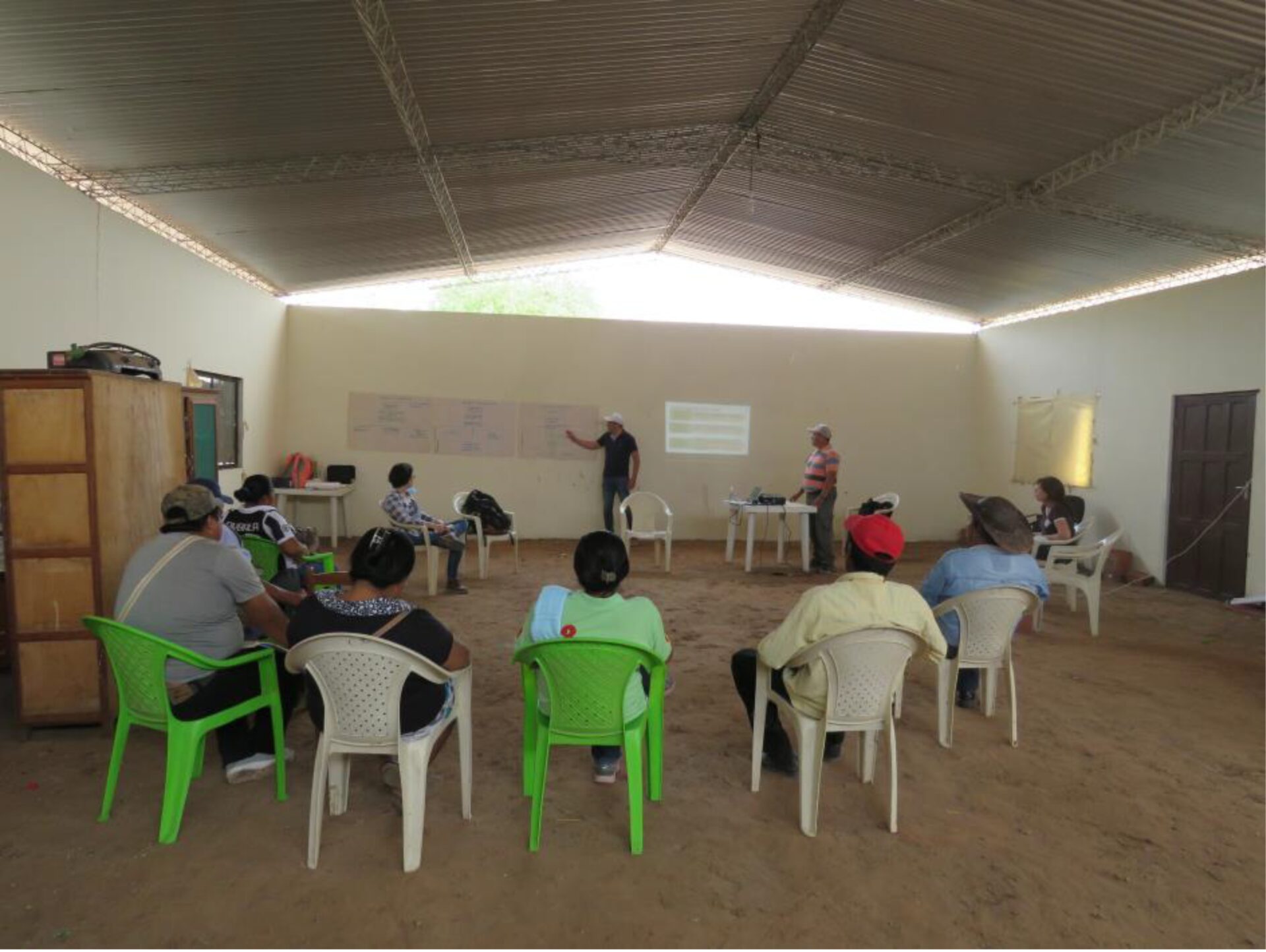
The community assemblies took place across the entire Charagua Iyambae region, including here in Parapitiguasu. Credit: Natura Bolivia
Where next?
With this law now passed, the next steps will be to ensure that it is effectively implemented on the ground.
Positive news has also emerged on this front with the approval of the conservation management plan for the Ñembi Guasu Indigenous Conservation Area by the Charagua Indigenous Government. This is among the first, if not the first time, that a protected area management plan has been approved by an Indigenous government in Bolivia. It marks not only the strengthening of conservation management in Ñembi Guasu but also the empowerment of Indigenous people and land rights.
Ivan Arnold, Director of Nativa, one of our conservation partners who strongly supported this work, says ‘We congratulate the Charagua Iyambae autonomy and its authorities for their constant commitment to conservation. Once again, they have demonstrated their dedication to the protection of their territory”.
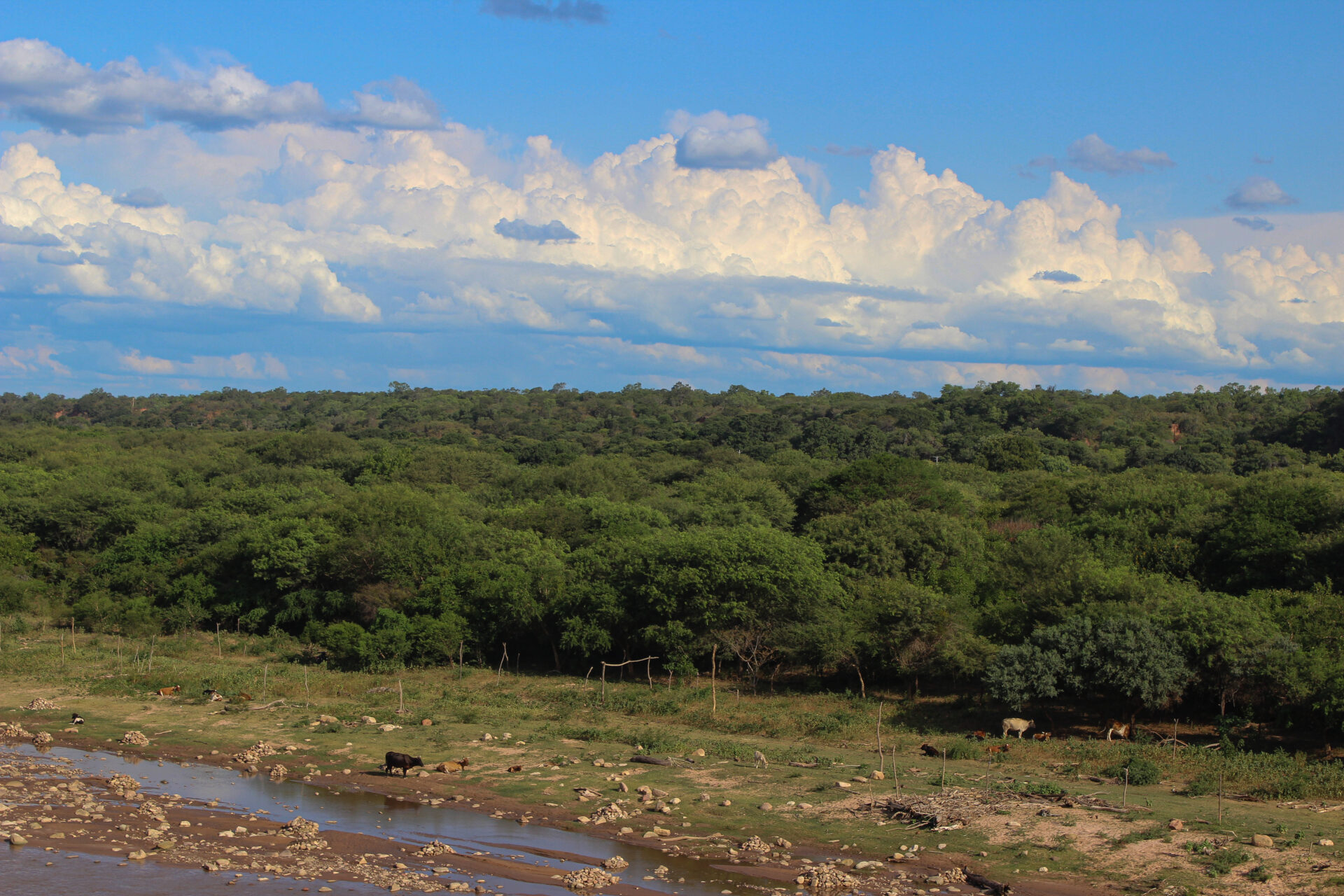
These two major achievements – the new protected areas law and the approval of the Ñembi Guasu’s management plan – will support the Guaraní to safeguard their precious lands and wildlife. Credit: Natura Bolivia
Going forwards, it will be important that international organisations continue to build local capacity among the Guaraní communities to support their efforts safeguarding the precious wildlife and landscapes of the Gran Chaco.
In the words of Sander van Andel, Senior Expert Nature Conservation at IUCN NL, “Charagua shows the importance of creating societal, political and financial conditions that support these crucial locally-led initiatives to conserve biodiversity.’
At WLT, we would like to congratulate the Guaraní communities, Natura Bolivia, and Nativa for their fantastic achievement, supported by funding from WLT, IUCN Netherlands (NL), The Pew Charitable Trusts, Oré, and Centro de Investigación y Promoción del Campesinado (CIPCA).
These achievements come at a critical time as Bolivia battles record-breaking wildfires. As the effects of the climate crisis accelerate, it becomes ever more important that we join together in defence of the natural world.
If you have been inspired by what you have read and would like to get involved, please support our work here. Thank you.
